Are you looking for a new golf ball to improve your game? If so, you should consider the TaylorMade TP5 Golf Balls. These balls have been designed to give you the best performance possible. In this article, we will discuss the features of these balls and how they can benefit your game. We will also answer some of the most common questions about golf balls so that you can make an informed decision about which ball is right for you!
Table of Contents
TaylorMade TP5 Golf Balls
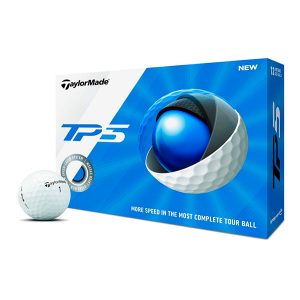 Looking for a golf ball that will give you an edge on the course? Look no further than the TaylorMade TP5. These balls are designed for speed and performance, and they won’t let you down. The increased launch angle and reduced drag of the XL low compression core, as well as the 4 layers that get progressively stiffer leads to a higher ball speed and greater rebound.
Looking for a golf ball that will give you an edge on the course? Look no further than the TaylorMade TP5. These balls are designed for speed and performance, and they won’t let you down. The increased launch angle and reduced drag of the XL low compression core, as well as the 4 layers that get progressively stiffer leads to a higher ball speed and greater rebound. Pros & Cons of TaylorMade TP5 Golf Balls
Buyer’s Guide
What Are The Different Types Of Golf Balls?
There are three main types of golf balls: solid, two-piece, and multi-layer. Solid golf balls are made entirely of one material, usually rubber or plastic. Two-piece golf balls have a solid core covered by a softer outer layer. Multi-layer golf balls have multiple layers of different materials that work together to create the perfect combination of speed, spin, and control.[1]
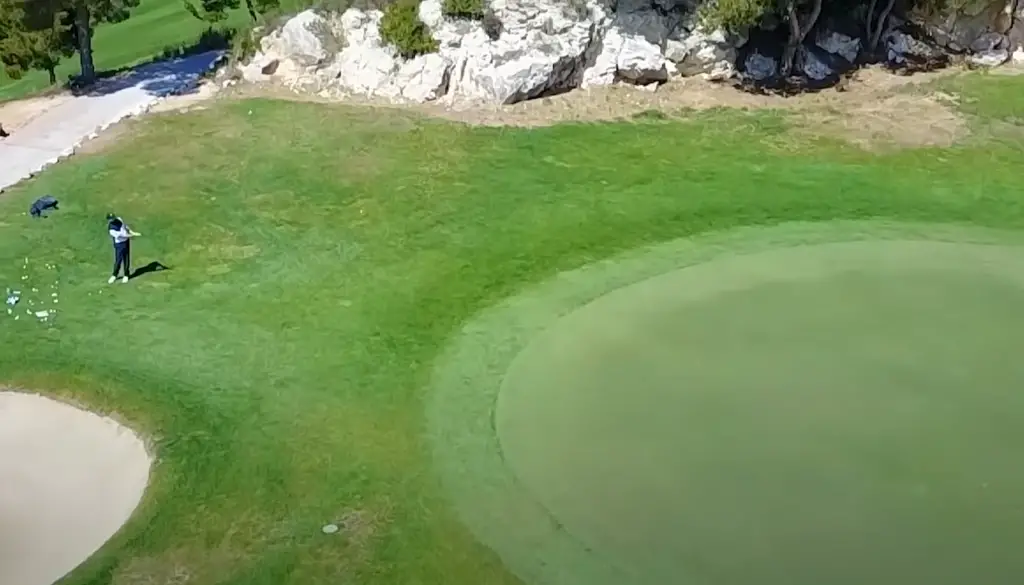
Nowadays, almost all golf balls on the market are made of synthetic materials. The most popular and demanded types are two-piece, multi-layer, and solid golf balls.
What Is a Golf Ball Spin?
A golf ball spin is the rotation of the ball as it flies through the air. The faster the ball spins, the more lift it will have, and the higher it will fly.
Spin rates are determined by the material of the ball and how it’s hit. Softer materials like urethane create more spin than harder materials like surlyn. And a driver will create more spin than an iron.
The TaylorMade TP five balls have a very high spin rate, which is great for generating lift and increasing your distance. However, some players may find that the ball is too hard and doesn’t provide enough greenside spin for control.
What Compression Golf Ball Should You Use?
Dimples, a feature of golf balls for over a hundred years, most balls have 350 to 400 dimples that are arranged symmetrically. It is possible that they were first introduced when they discovered that slightly dented balls fly further than smooth ones. In fact, the grooves on the balls increase the flight by four times compared to smooth balls, due to the laws of aerodynamics. The two main forces that affect a ball during flight are lift and drag. [2]
Dimples change the layer of air directly next to the ball, which leads to an increase in lift height and a decrease in drag compared to smooth balls, a smooth ball “drags” all the air adjacent to the surface, slowing down the ball and creating a zone of turbulence, while depressions create air a pocket that reduces air turbulence, resulting in a more laminar flow of air around the ball, and the ball flies farther.
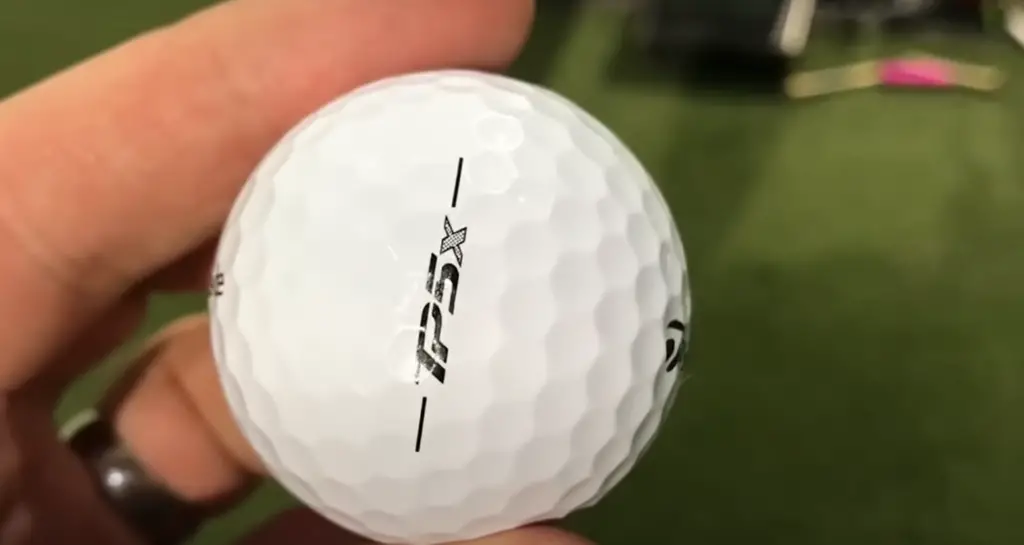
Most of the kick is performed with a twist, which gives them the opportunity to rise even higher. As a result of rotation, the upper layer of air accelerates and the lower layer slows down, and according to Bernoulli’s law, the pressure on the lower part of the ball increases, and this, in turn, creates additional lift. In this process, the cavities again contribute to a more relaxed air flow around the ball, which means they enhance the effect.
The number of dimples on a golf ball should be balanced; a large number of them will make the ball smoother, so you need to follow the measure.
Should You Use Soft Or Hard Golf Balls?
The answer to this question depends on your personal preferences and playing style. Soft golf balls are designed for players who want more control around the greens, while hard golf balls are better for players who are looking for more distance.
If you’re not sure which type of ball to use, it’s best to start with a soft ball. These balls will offer you the most control and feel. If you find that you’re losing distance or accuracy, you can always switch to a harder ball.
Hard golf balls are an excellent choice for players who want more distance off the tee. If you’re looking for the longest possible drive, a hard ball is a good option. However, keep in mind that these balls will not offer as much control as a soft ball.
In smooth balls, during flight, the boundary layers of the air come off and do not have time to go far beyond its back side. This forms a zone of low pressure. Balls with hollows fly much better. The dents delay the separation of the boundary layers of the air. He gets behind the ball. The vacuum footprint is reduced. This creates high pressure at the rear of the projectile and doubles its range.
The presence of dents also enhances twisted hits. As the pressure on the bottom of the ball increases, the lift force increases.
What Is The Easiest Golf Ball Color To See?
There is no definitive answer to this question. Some golfers prefer bright colors like yellow or orange, while others prefer darker colors like black or red. Ultimately, it comes down to personal preference.
Some golfers find that brighter colors are easier to see in the rough or on the fairway. Others find that darker colors are easier to track against the sky. If you’re not sure which color is best for you, it’s a good idea to try out a few different options and see what works best for your eyesight.
In general, yellow and orange golf balls are the easiest to see on the grass, while black and red balls are the easiest to see in the air. However, every golfer is different, so it’s important to find the color that works best for you.
How Much You Should Spend On A Golf Ball?
There is no definitive answer to this question. The price of golf balls can range from $15 to $50 per dozen. Ultimately, it comes down to personal preference and your budget. [3]
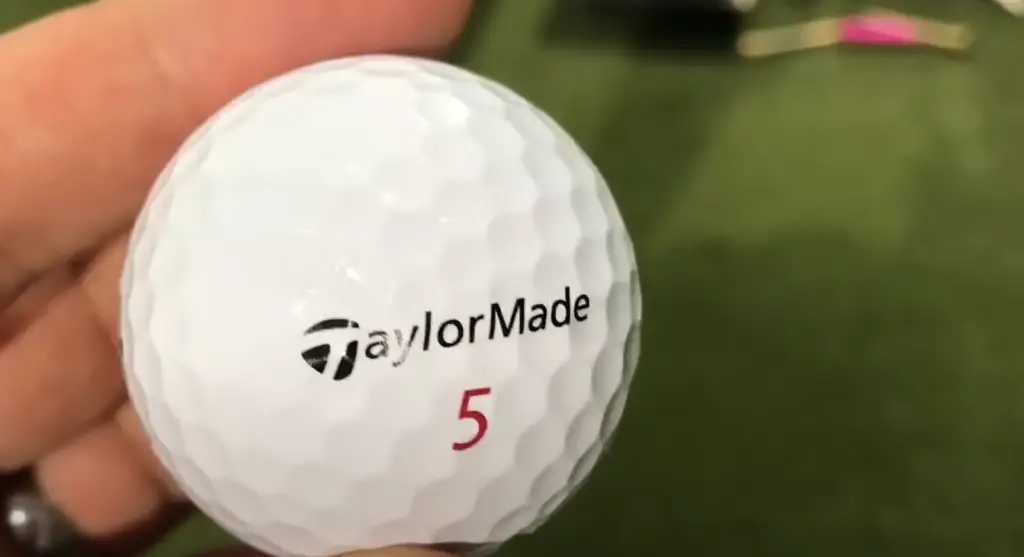
If you’re a casual golfer who plays a few times per year, you probably don’t need to spend more than $20 on a dozen golf balls.
Rejected golf balls are golf balls that have not passed the manufacturer’s quality control and are sold at a reduced price. Usually, such balls have small defects, for example, a mistake in the spelling of the brand name. Rejected balls, as a rule, do not differ in their properties from ordinary balls, and you can save a lot on them.
At the end of the day, it’s important to find a golf ball that you’re comfortable with and that fits your budget. There’s no point in spending $50 on a dozen golf balls if you’re not going to use them.
FAQ
Do softer golf balls go further?
No, softer golf balls do not necessarily go further than harder golf balls. The compression of the ball is only one factor that determines how far it will travel. Other factors, such as the club head speed and the angle of attack, also play a role in the distance.
In general, hard golf balls are designed for players who want more distance off the tee. If you’re looking for the longest possible drive, a hard ball is a good option. However, keep in mind that these balls will not offer as much control as a soft ball.
The balls are standard in appearance but may differ in the material from which the coating is made and the speed of rotation. The coating material affects the speed of the ball. Before you buy a set of balls, make a few swings and determine the flight of the ball. This will help you know which golf ball you need.

Golf balls can be coated with balata, Surlyn, or other synthetic, plastic material. Balls covered with balata rotate best. It is a very soft material, which makes the grooves on the club easy to grip and makes the ball spin quickly. Balat balls scratch easily and are more expensive. Balls coated with sirlin or a similar synthetic, plastic material are heavier, spin slower, and cost less. If you prefer faster spin like most pros, you might want to buy a balat ball. But remember, if you’re using a high spin ball and you’re slicing a lot, you’ll definitely get more slices. For beginners, it is better to use balls covered with sirlin.
What swing speed is needed for Pro V1?
There is no definitive answer to this question. The Pro V1 is designed for players with a swing speed of 105 mph or higher. However, slower swing speeds can also benefit from using this ball. [4]
If you’re not sure what your swing speed is, it’s best to consult with a professional. They will be able to help you determine if the Pro V! is the right choice for your game.
Is Top Flite a good golf ball?
There is no definitive answer to this question. Some golfers swear by the Top Flite ball, while others find that it doesn’t suit their game. Ultimately, it comes down to personal preference.
If you’re looking for a budget-friendly option, the Top Flite ball is a good choice. However, keep in mind that these balls may not offer the same level of performance as more expensive options.
Which golf balls go the farthest?
There are a variety of golf balls on the market that claim to go the farthest, but it is difficult to know which ones live up to their claims. The TaylorMade TP5 golf ball, however, has been tested and proven to be one of the longest-hitting balls on the market. It has a five-layer construction that gives it more distance off the tee and more spin around the greens. It is also one of the most durable golf balls, so you can play with it for many rounds without having to replace it.
If you are looking for a golf ball that will give you more distance and spin, then the TaylorMade TP5 is a great option. It is also one of the most durable balls on the market, so you can play with it for many rounds without having to replace it.
Video Guide: TaylorMade TP5 Golf Balls
Conclusion
So, there you have it. Our full-length guide with answers to common questions about golf clubs and how to choose the best one for your game. We hope this article has helped clear some things up for you and that you are now feeling more confident in your ability to select the perfect putter for your needs. As always, if you have any further questions or need help choosing the right club for your swing, don’t hesitate to get in touch with our team of experts. We would be happy to assist you further!
References:
- https://www.golfshake.com/news/view/14014/Understanding_Different_Types_of_Golf_Ball.html
- https://www.scientificamerican.com/article/how-do-dimples-in-golf-ba/
- https://golf-info-guide.com/golf-tips/equipment-choices/golf-ball-price/
- https://outofboundsgolf.com/titleist-avx-vs-pro-v1/

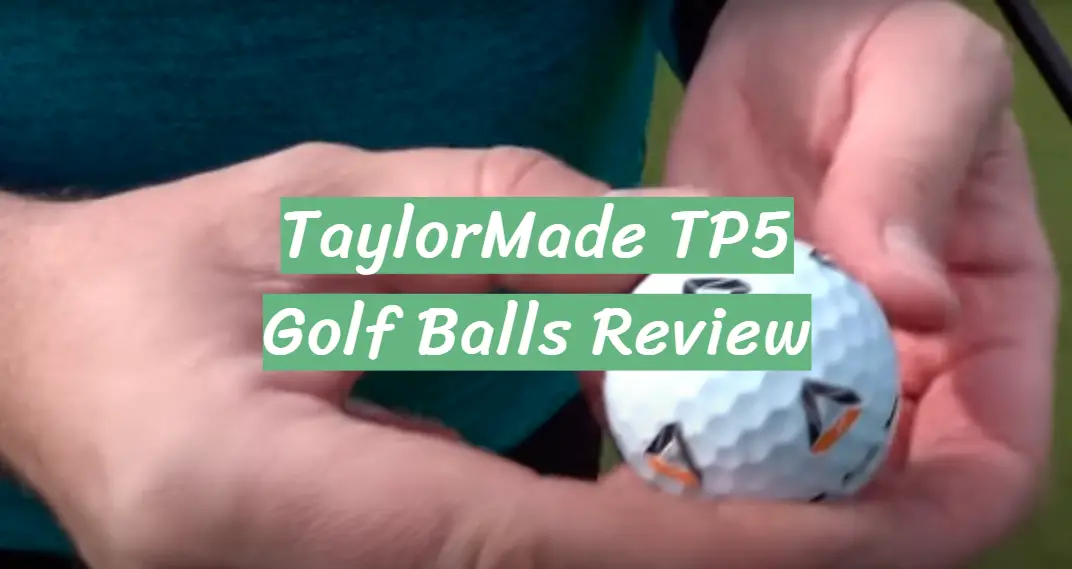



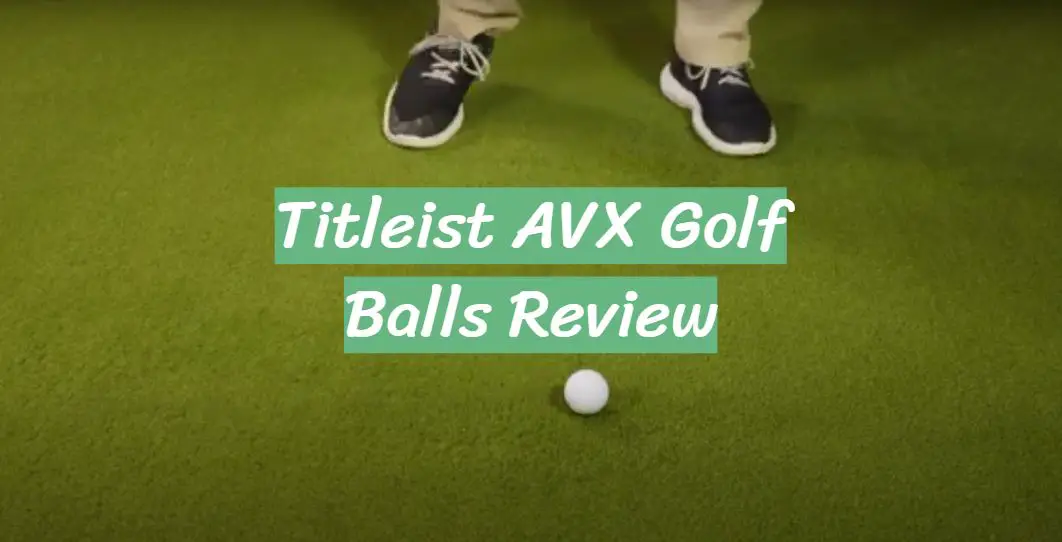
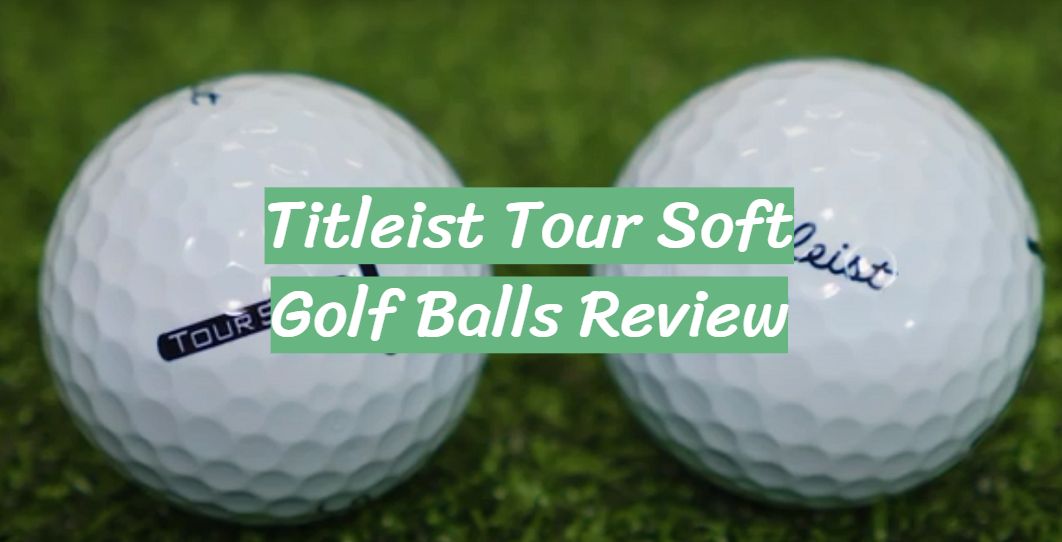
Leave a Reply